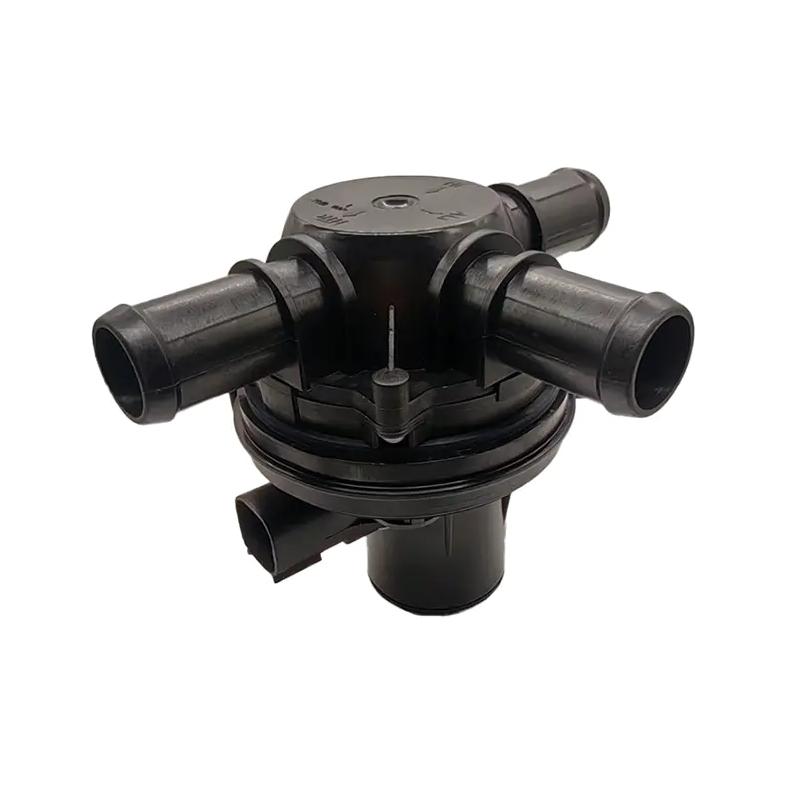A Car Heater Valve is a component that controls the amount of engine coolant flowing into the heater core, which in turn heats the interior of the vehicle. While simple in design, its performance directly affects comfort during colder seasons.
Common symptoms of heater valve issues include insufficient heat inside the cabin, fluctuating temperature output, or coolant leakage near the firewall. These signs may not always indicate a full failure, but they do signal the need for inspection.
Many modern vehicles use vacuum- or electronically-controlled heater valves, while older models may rely on manually operated valves. Regardless of type, proper function depends on unobstructed coolant flow and responsive controls. Debris, corrosion, or worn seals can cause the valve to stick in an open or closed position.
Routine checks during cooling system maintenance—such as inspecting hoses, ensuring fluid levels are correct, and feeling for inconsistent temperatures at heater hoses—can help identify problems early. It’s also useful to observe heater performance during engine warm-up and monitor how quickly warm air flows into the cabin.
If replacement becomes necessary, choosing a valve compatible with the vehicle’s make and model is essential. Installation often requires draining some coolant and disconnecting hoses, so it may be best handled by a professional.
By staying attentive to small changes in cabin heating, drivers can avoid major repairs and enjoy consistent performance from their HVAC system year-round.

